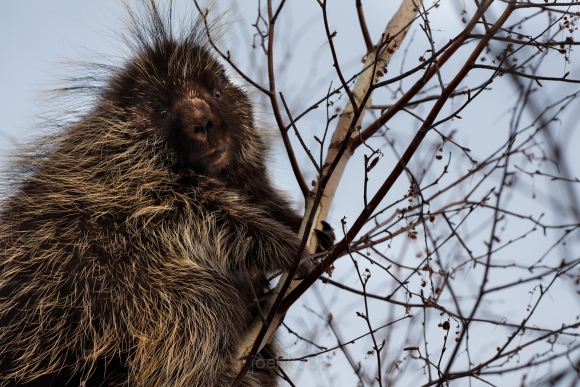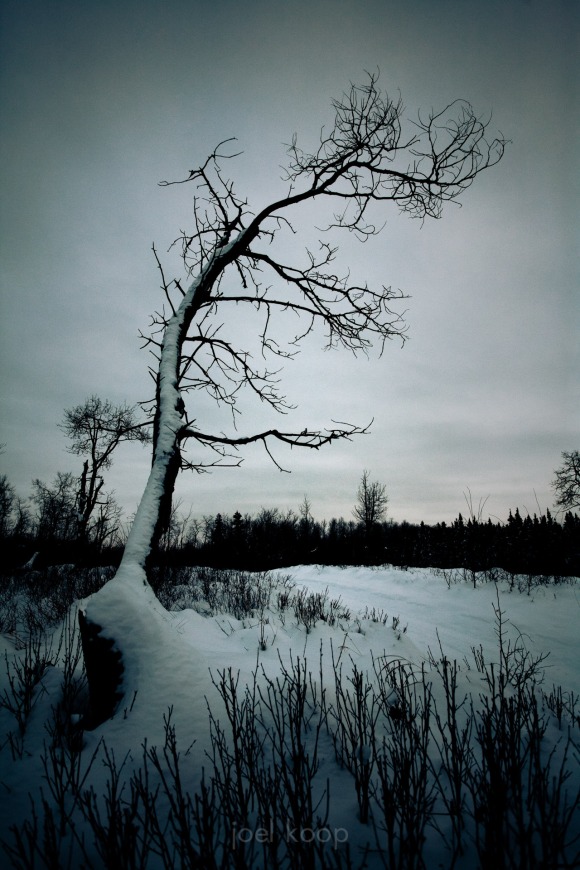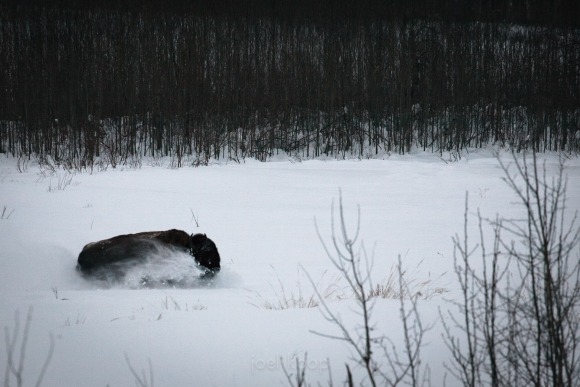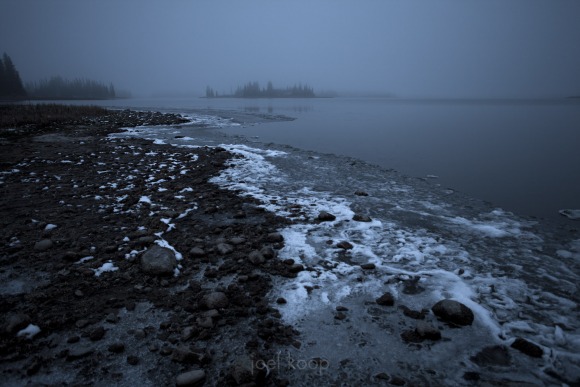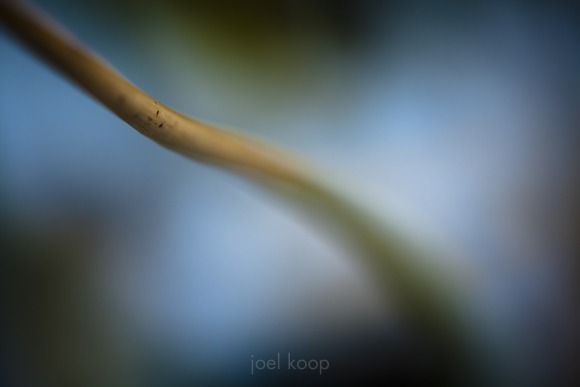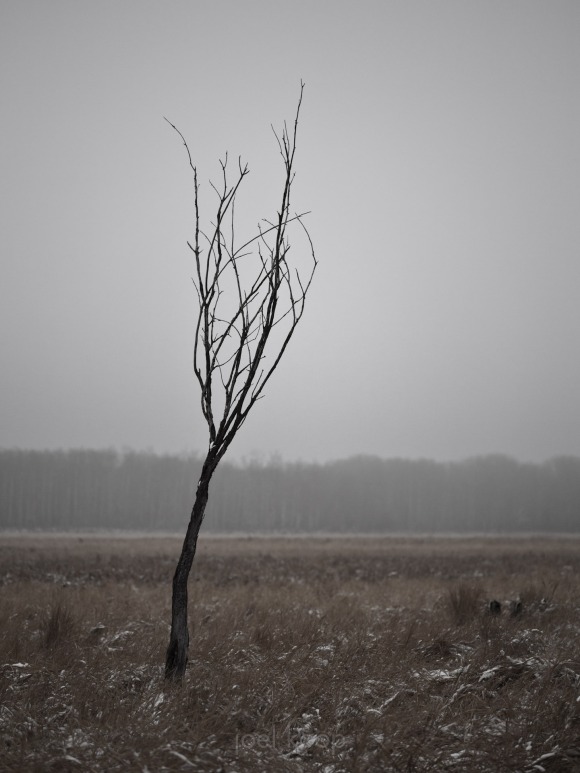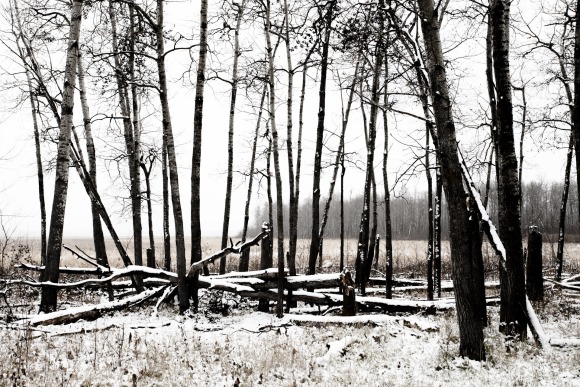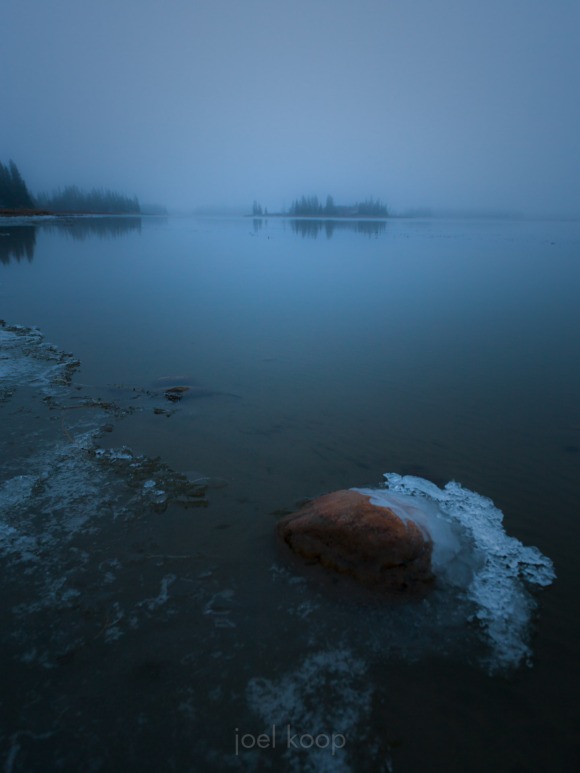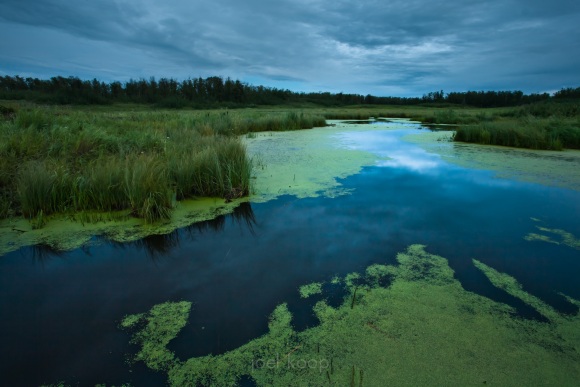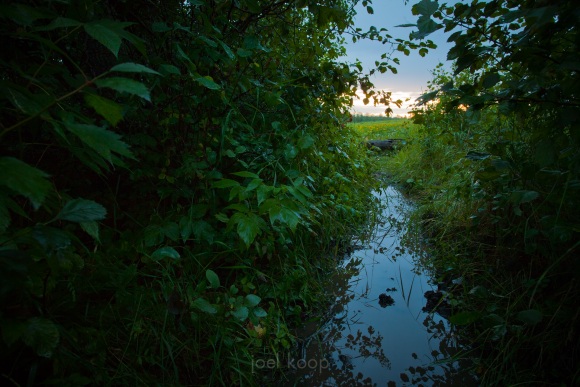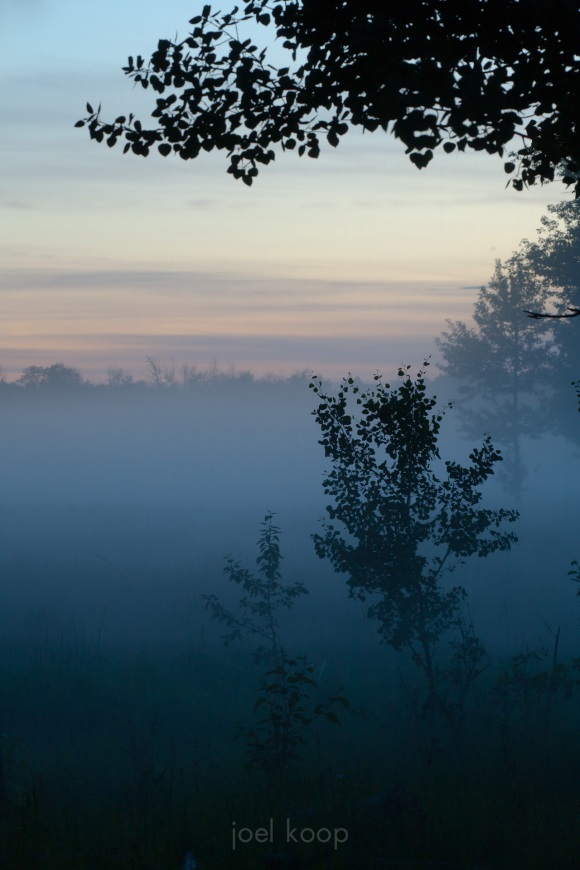While hiking in Elk Island this week, I happened across this suspicious fellow. There were actually a pair of them, and of course the trail went right in between them. Between two moose didn’t seem like the safest place to be, so I stopped before I got too close. The one on the right ran off out of view, but I could still see the one on the left. It stopped, sniffed, eyed me, and the stalemate began. I stayed completely still, waiting for the moose to make its move. On the right, I saw some ears appear over the alders, and then disappear just as silently. I had no idea moose could be so sneaky in thick brush.
After about five minutes, the moose on the left started to move—tentatively at first, and then more confidently, chewing on a few available twigs. As it stepped out on the trail it looked me over and then moved off to do moose-type things. I was very happy with this development. Although moose are not generally agressive, the moose was very close, and I was very alone. And though I like to think that if I don’t bother animals, they won’t bother me, this only holds true until the first time it doesn’t. And that’s a little scary.

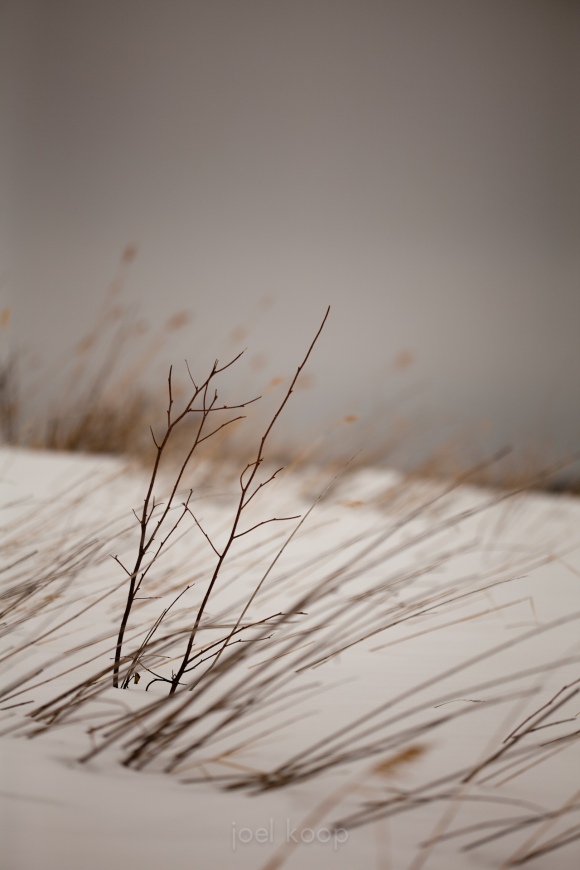
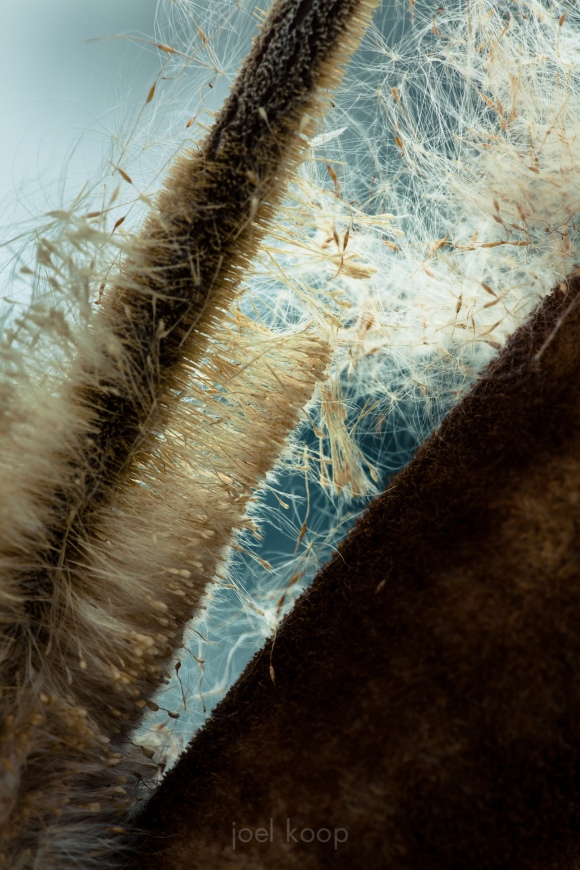
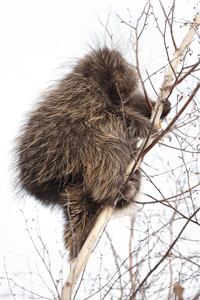 Here’s a cute porcupine I spent some time with yesterday in Elk Island National Park. He seemed quite curious about me, and not too worried. He was way up in a tiny little tree where I couldn’t reach him. Although I did hear some coyotes that sounded awfully close. It did look like someone tried to get him pretty recently though. He had a big patch on his rear where all the quills were missing. That must have been painful for some hungry coyote.
Here’s a cute porcupine I spent some time with yesterday in Elk Island National Park. He seemed quite curious about me, and not too worried. He was way up in a tiny little tree where I couldn’t reach him. Although I did hear some coyotes that sounded awfully close. It did look like someone tried to get him pretty recently though. He had a big patch on his rear where all the quills were missing. That must have been painful for some hungry coyote.